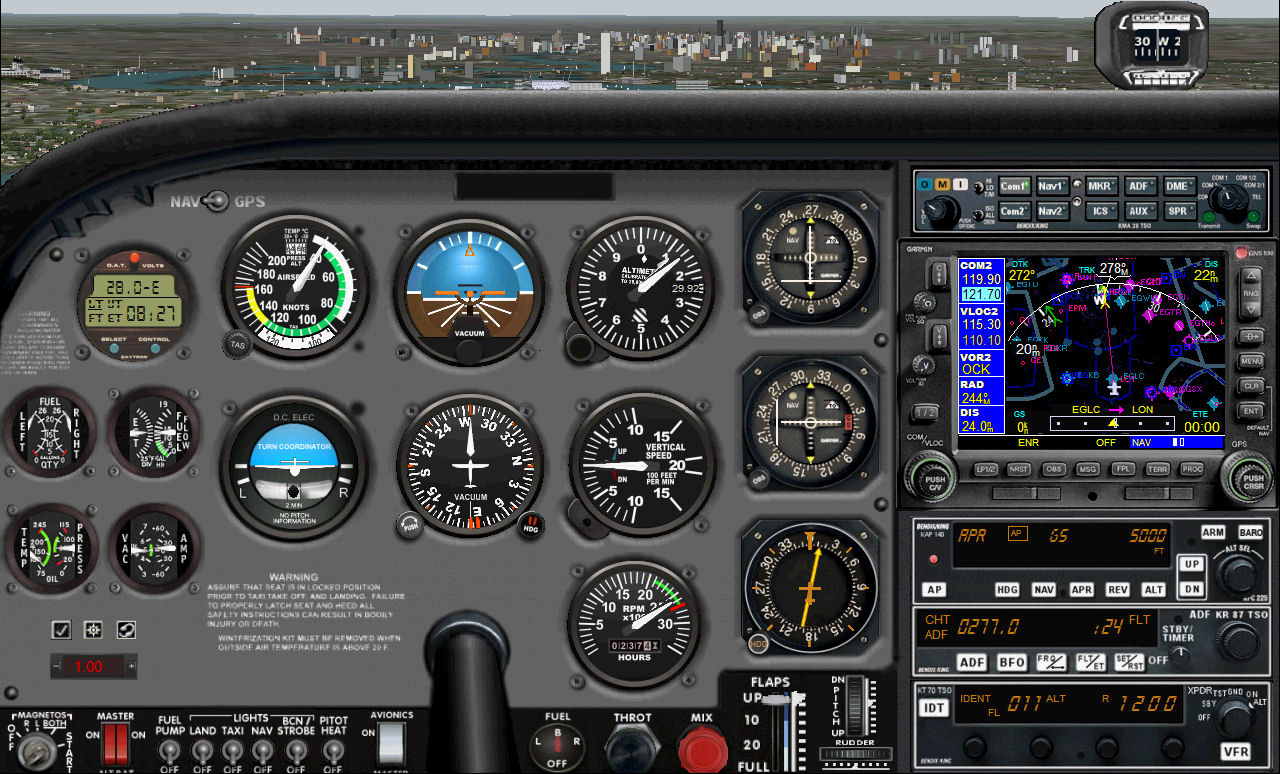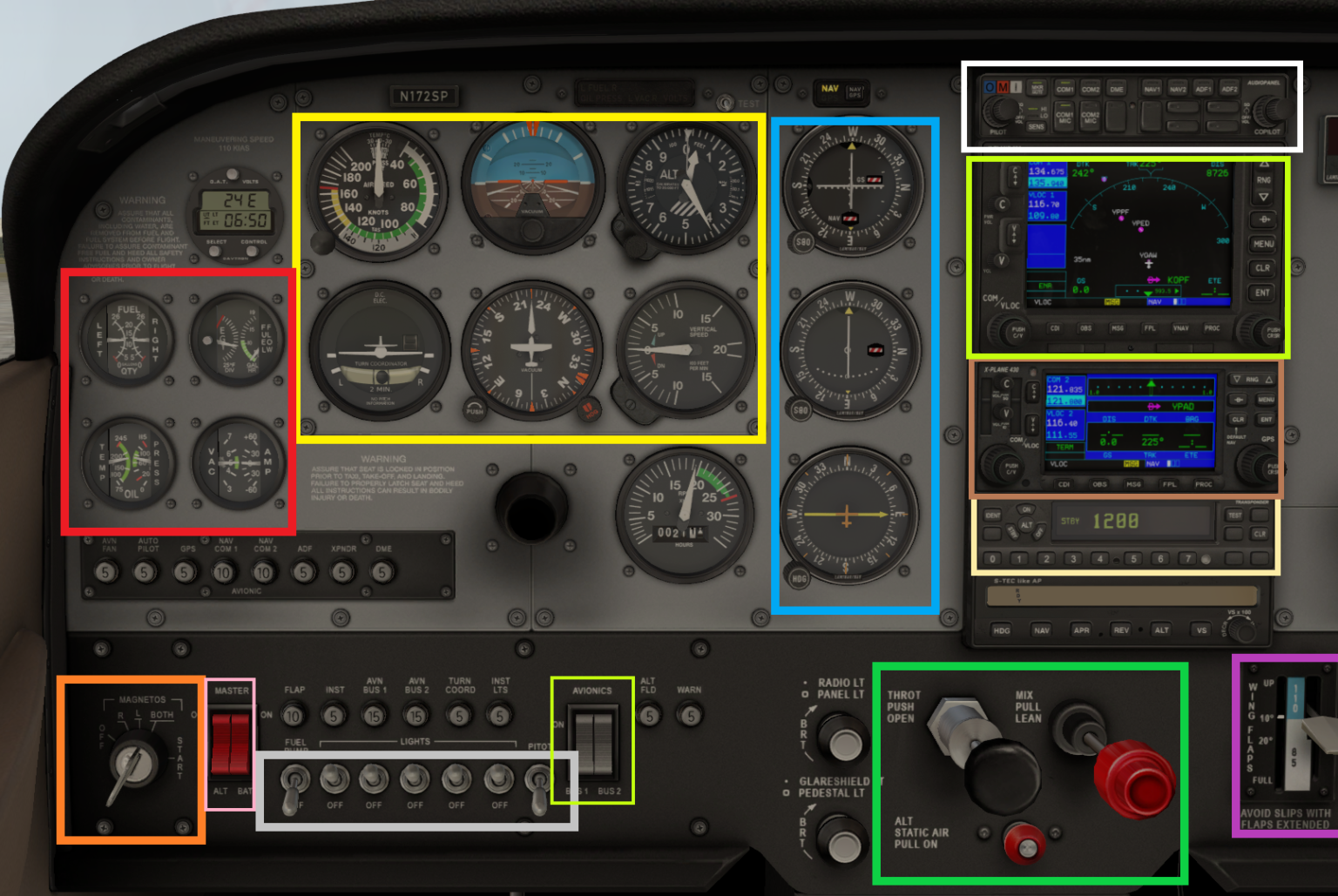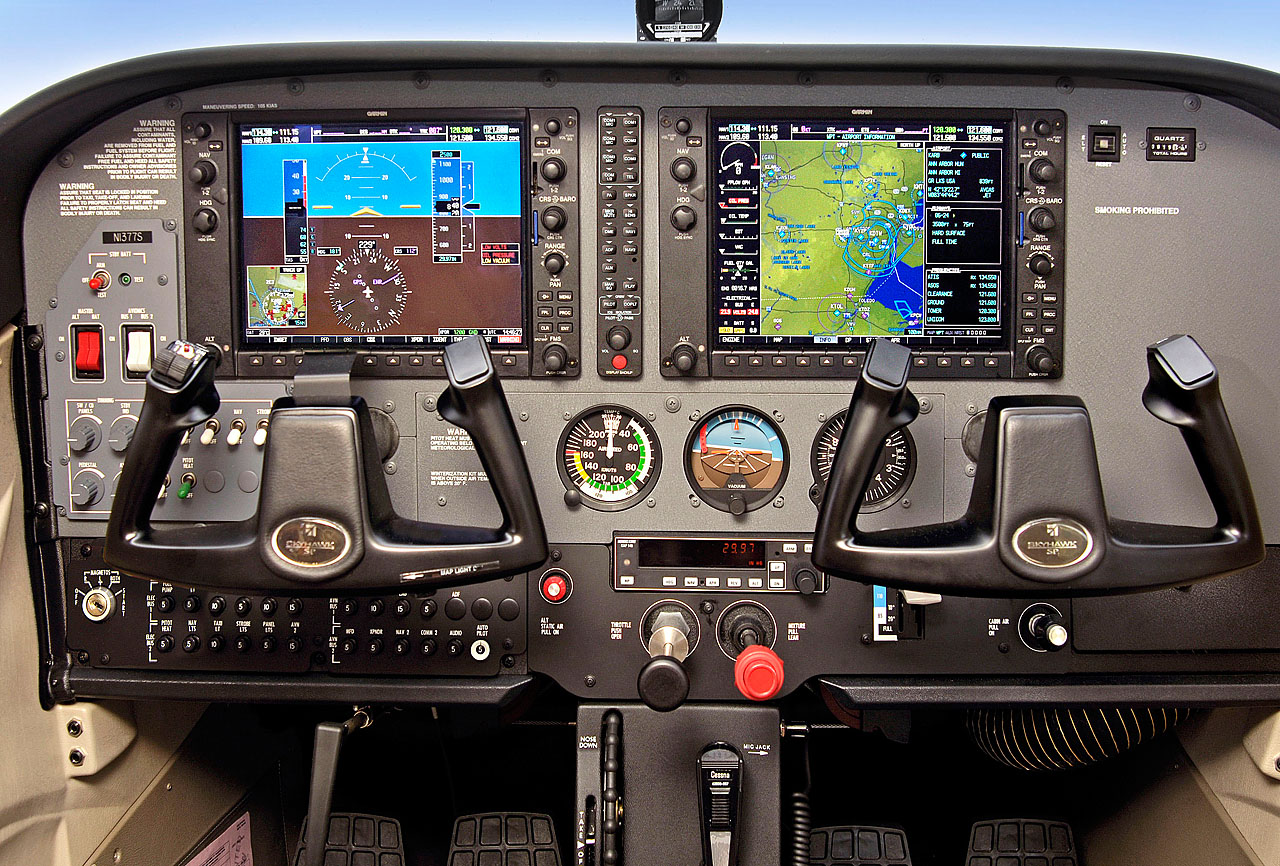

Thankfully, there is still time to get in some great history before the museum closes its doors for good after September 4. Unfortunately, the National Motorcycle Museum will not be as lucky. The museum hoped that someone was going to come around and save the museum in the 11th hour. Eventually, the museum just reached the end of its line. As the museum notes, for years it was already struggling to keep the lights on and to pay wages. The donations remained thin after the museum was able to open its doors. The National Motorcycle Museum was unable to open for eight weeks during the pandemic, during which the board still had to pay bills but without much in the way of donations. Unfortunately, the museum became a victim of the COVID-19 pandemic. Being a non-profit, the museum was kept open and alive thanks to the donations and sponsorships of motorcycle enthusiasts. The National Motorcycle Museum is one of just six non-profit motorcycle museums in the United States. In the decades since, the museum has grown so much that it changed locations and at its peak, the museum had 550 motorcycles on display. The National Motorcycle Museum’s collection started off small with around 40 motorcycles. 1965 Harley-Davidson CR250 Road Racerįounder John Parham passed in 2017 from pulmonary fibrosis, leaving Jill as Chairwoman of the museum’s board.

Only by making these investments and providing well interpreted motorcycling history can we really succeed in presenting the story of the industry and motorcycling culture. Enhanced exhibitions, facilities, infrastructure, media and quality staff can make your experience at the Museum what you expect and deserve. Likewise, presentation of these motorcycles and objects must be high quality. The National Motorcycle Museum’s goal is to present their passion, and ours, through fine interpretive exhibits built around a fine collection of machines and historical objects from around the world.Īs the motorcycle industry evolves we believe it is critical that we continue to gather vintage bikes, photographs, apparel, advertising art and other memorabilia to document all eras. I think the museum says it best when it explains why it existed for so long: Today, you’ll find motorcycles with ridiculous engines and even car-like structures. Back in the 1800s, the earliest motorcycles were basically bicycle frames with engines. As the museum’s website notes, the motorcyclists of today can enjoy the machines they ride today because builders, engineers, racers, tuners, and others evolved the sport. Back then, the pair were passionate motorcyclists and wished to save what motorcycling history they could. The National Motorcycle Museum was founded in 1989 by J&P Cycles founders AMA Hall of Famer John Parham and his wife Jill. Why The National Motorcycle Museum Matters 1937 Brough Superior SS80 If you’re interested in taking your own trip through history, you have about four days left to visit one of America’s biggest motorcycle museums. Throughout over a century of history, countless motorcycles have been built, all with something fascinating to learn about.

That plane parked at AirVenture may have a novel’s worth of history and that Saturn Sky? It was a legend’s dream come true.

I find that most vehicles have a story to tell. And if you want to own a piece of motorcycling history, your chance is coming soon.Īs many of our readers know, I love to learn about the history of all vehicles. If you want to visit one of the preeminent motorcycle museums in America, here’s your final chance. The museum, as well as its collection of hundreds of motorcycles, spread the joy and history of motorcycling for 34 years. The National Motorcycle Museum of Anamosa, Iowa, will be closing its doors after September 4. Back in the spring, I wrote a somber story about one of the largest motorcycle museums in America.


 0 kommentar(er)
0 kommentar(er)
